Timing the atoll passes
The islands of the Tuamotu group are coral atolls.
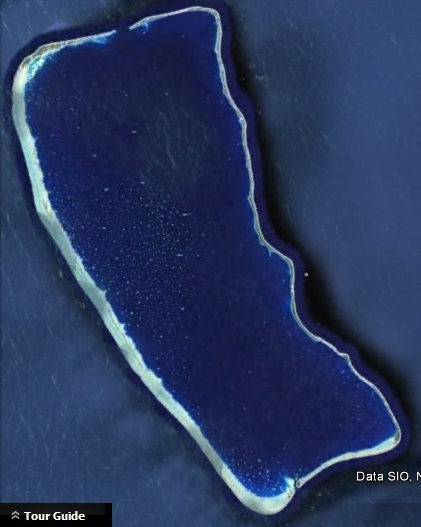
Fakarava
They look like rings of coral with a calm lagoon inside them. Some of this “rings” are complete circles and therefore it is impossible to enter.
Some others have one, two or three openings called passes.
The current in these passes is usually fairly strong, because of the enormous amount of water that exits/enters the lagoon between the low and the hide tide.
In some atolls these current can reach 9 knots, making it pretty much impassable and very dangerous.
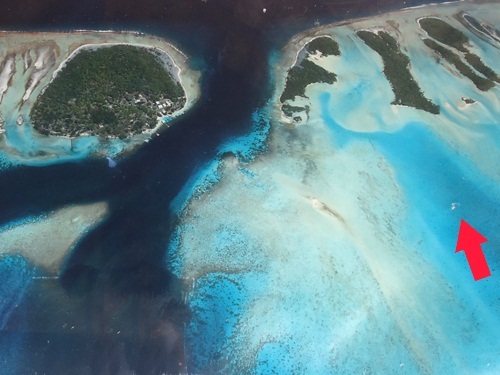
Calypso anchored at Fakarava South Pass
If the water is coming against you, you’d have to push your engine very hard to get any forwarding. But if the current is rushing the same way as you, then it is even worse. Your boat will fly across the pass like down a river and you will have absolutely no steering. The sea will decide where to send you. Maybe it will spit you out in the ocean, but maybe it will throw you on the reef. And you will not be able to do absolutely nothing.
So it is very important to plan your entry at a favourable time, the best time of course being slack water at the change of tides. We have heard tons of terrifying stories from people that ignored this basic rule (overheating engines, boats on the reef, …). And still we keep meeting people that have no idea of the tidal times and seem not to care too much. Ignorance is bliss…
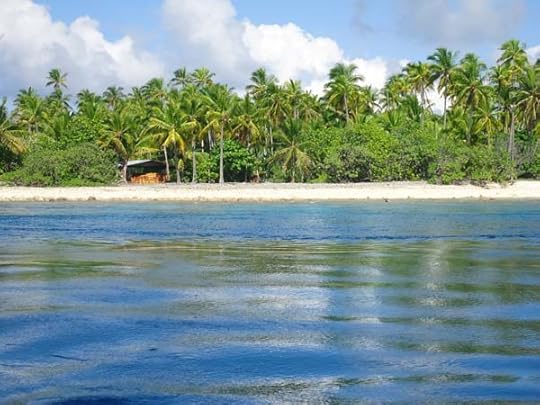
Slack water at Makemo North Pass
I am not writing for those people, but for the sailors that are coming in our wake and take the sea with the due respect. The first step is to accept that perfect timing is more important than your needs and desires. If you arrive two hours to late, you will simply have to heave-to for four hours until the next change of tides or even sail on to another destination. When you accept that, you are half way there. To be all the way there you need to know the time of slack water. We learned that this is not as easy as it sounds.
So far we travelled 14 times in and out of the Tuamotu atolls. Fourteen passes. So you would assume that by now we got them. Well, I have to tell you, I thought so too. Until today.
Let me explain.
Last year, being our first experience, I collected tidal information from many different sources: nautical guides, the internet, different computer software, our chartplotter… I also tried to use the Tidal Guestimator by The Soggy Paws.
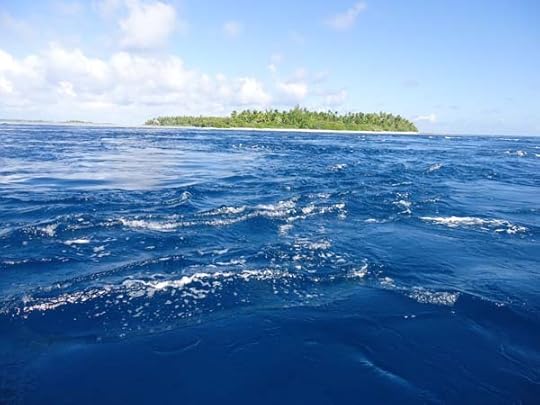
About 3kn of incoming current at Makemo
After comparing the reality and the tides from all this sources, I decided to trust the SHOM website. The problem is that they give information only for the main atolls. For the others you have to guess based on the distance from it. But nevertheless, last year we found them spot on. We used the time in Fakarava to enter Kauehi, Fakarava South and Fakarava North. Arrived at the pass one hour early, waited until the pass looked good, entered with almost no current. No problem. Easy peasy.
This season we felt pretty confident. But our feeling was based on last year’s damn good luck. This year we had different experiences. We approached both Raroia and Makemo based on Makemo times (SHOM) and all 4 times were very hairy. The difference was about two hours from official times.
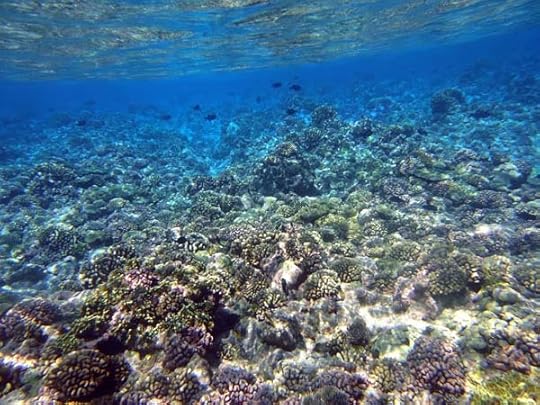
Snorkeling in the passes is always an amazing experience
The scariest exit was in Makemo North where instead of the expected slight incoming tide we found 6 knots of outgoing tide. By the time we realised that, it was too late. Rick tried to turn the boat around to return to the anchorage but there was no way of doing it. We were flying sideways towards the pass. At that point he looked at me and said:
“Well, we don’t have much choice, one way or the other, we are getting out of here.” He pushed on the throttle to get some steerage and Calypso reached her record speed of 10.2 knots. Twenty seconds later, we were out. Speechless, but safe. With many new gray hair.
After an easy overnight sail we arrived to Tahanea. This time I found the tides for this atoll in the charplotter. We approached slowly to check the conditions and found the flattest pass ever. Our chartplotter was spot on! I was happy. The next day (yesterday) I wanted to do a drift snorkel. So we approached the middle pass at what the charplotter gave as low tide, but the current was already coming in at 2-3 knots.
“The official tidal times are about 30 minutes late” was our conclusion.
So today we approached the west pass for a drift snorkel about half an hour before the official low tide, hoping to get the first hour of the incoming tide. WROONG! We were just entering the pass with the dinghy, when we realized that the current is still very strong and outgoing! There was a moment of terror when the outboard gave up and I already saw us drifting all the way to Tahiti. But Rick managed to fix the problem and got us out of there as quickly as possible (it still felt veery long).
We waited and waited but the low tide did not come. Finally we gave up and returned to the boat. We kept observing the nearby middle pass from the boat and noticed slack water at 15.30.
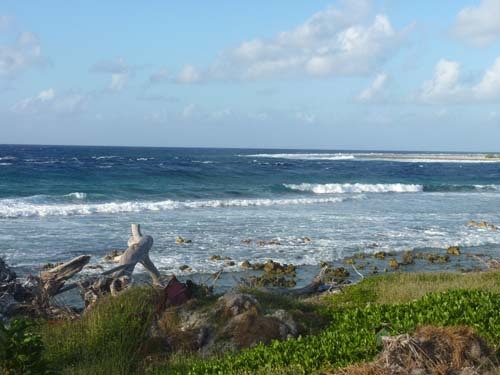
The Makemo Southeast Pass
The confusing things are this:
a) all the official tidal information agreed that low water today is around noon;
b) yesterday the low water was at 11.00 and the difference from one day to the other is usually less than one hour;
c) today we did not have very strong winds or big swell that might have greatly affected the tidal flow.
You may be asking what is the lesson learned. Well, the thing is… I DON’T KNOW.
For now we decided to keep observation of the pass as our main tactic. We will simply patiently wait until the pass looks good.
But in the meantime, if any of you have any suggestions or knowledge that we are missing, please, we are all ears!



